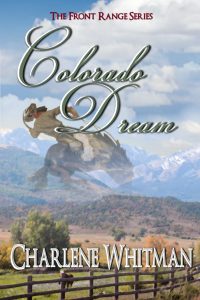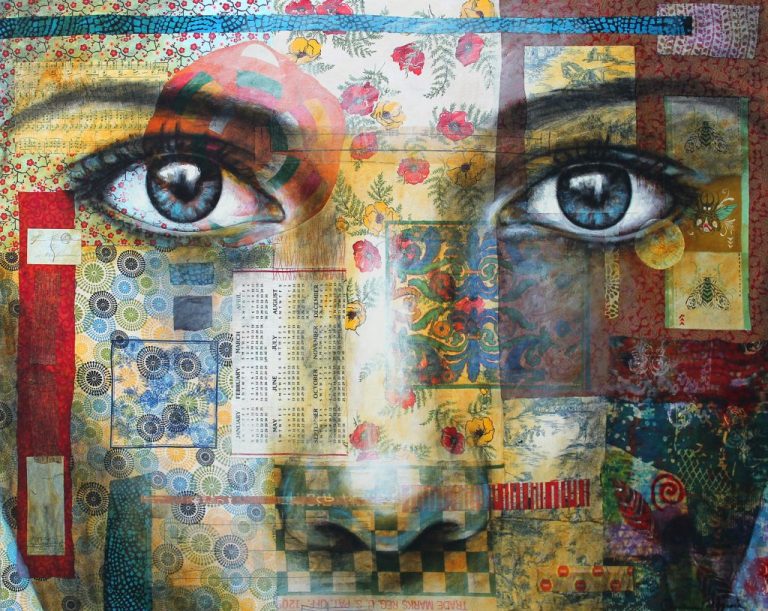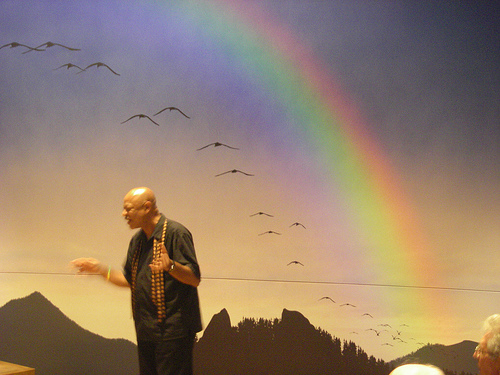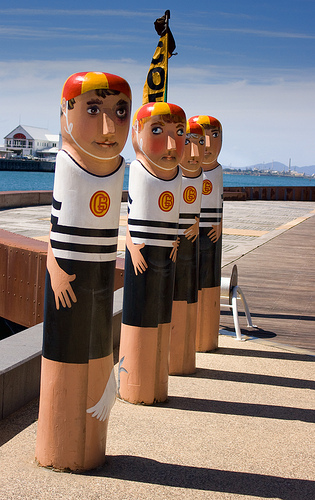Questions to Help You Come Up with Archetypes and Character Arcs
Why would a writer plan to use archetypes when crafting a short story or a novel? Because archetypes bring tremendous purpose and richness to characters—not just to their personalities but to their roles in a story.
In last week’s post I introduced some of the basic archetypes you might consider using. The key to choosing an archetype is in the motivation. Ask: what does this character want or need? What is her goal, and what will she do if she can’t reach it?
The most memorable characters are archetypal. In Jungian psychology, there are seven master archetypes that are or can be personified by Greek gods and goddesses. You might like to take time to research some of this. But if you plan to use archetypes in your story, be sure to go beyond the superficial and stereotype. All of your characters should have unique qualities and personalities that make them memorable.
If you’ve come up with an idea for your hero (or heroine), for example, start listing some of his qualities. Not physical so much as motivational.
Ask:
• Is he outgoing and gregarious? Or is he quiet and introverted?
• Does he act spontaneously or with reserve or hesitation?
• Is he driven to help others or serve his own interests first?
• What type of people does he like and hang out with?
• What kinds of places does he frequent and why?
• What are his hobbies, and how does he spend his free time?
• How does he feel about his body, his looks?
• Is he serious or funny or cavalier?
• What are his attitudes about family, children, marriage?
• How would others describe him after meeting him?
Once you have some ideas for your character (and reasons for those characteristics), you might explore the archetypes to see what best fits.
 When I sat down and developed my hero for my latest novel (that I just released on Amazon—Colorado Dream), I made a list of characteristics I knew I wanted for Brett Hendricks. The core of my premise required he be a reckless, spontaneous cowboy that stood up against wrongs.
When I sat down and developed my hero for my latest novel (that I just released on Amazon—Colorado Dream), I made a list of characteristics I knew I wanted for Brett Hendricks. The core of my premise required he be a reckless, spontaneous cowboy that stood up against wrongs.
As I read through various archetype descriptions, I was wonderfully surprised at finding one called The Protector. Take a look at these attributes of this archetype:
• He’s physical (my cowboy’s love is breaking horses). His body is everything—that’s how he experiences life.
• He has to win.
• He is fiercely protective of friends and family and will jump at the chance to defend them (my hero is on the run for stopping a man from raping a woman, and he gets shot for doing so).
• He is always on the move.
• He experiences life intensely.
• His greatest fear is in not being able to protect those he loves.
• His motivation is survival. He lives on the edge.
• Life without risk is boring to him. He’s always looking for a challenge.
• He’s seen by others as either passionate or hard-headed, but he doesn’t care what others think.
This was the perfect archetype for Brett! And when I considered his character arc, it seemed obvious the things he would struggle with and what he needed to learn by the end of the book. All those qualities that denoted his strengths could also be his weaknesses.
How is that? Well, if he always relies on being physical, he would need to learn to rely on his mind. If he always jumps into the fray and risks all, he would need to be able to not do that when it’s called for. He has to learn he doesn’t always have to win. He can lose sometimes. He might have to learn to settle down and have a safe, normal life if he wants to marry. He needs to learn life doesn’t have to be boring without risk.
Do you see how that works? Once you identify the archetype and its characteristics, you can create a character arc that is perfect for him.
Taking the Archetype to Extremes
You can also take any archetype and darken it. You can make it extreme or negative.
A Protector can become villainous by fighting without compunction. With risking everything regardless of the collateral damage to those around him. He might have angry outbursts that hurt others because he can’t control himself. He might be too careless and too cavalier about his decisions.
When playing with these archetypes, also think about which ones would be great allies and antagonists for your character. Who can best teach him what he needs to learn?
I usually have some sort of Magi character or Mentor or both. In Colorado Dream, I gave both the hero and the heroine a Magi or Mentor. Angela has the older violin maker advise and teach and encourage her. Brett has Sarah Banks, the Cheyenne medicine woman, in that role in a powerful way.
Next week, we’ll explore how you might come up with an idea for a novel concept by starting with an archetype. I hope this gets your mind turning with ideas!












Very interesting post! Although I haven’t read your book, I don’t understand how someone who stopped a crime–and was assaulted with a deadly weapon in the process–would be, or need to be “on the run.”